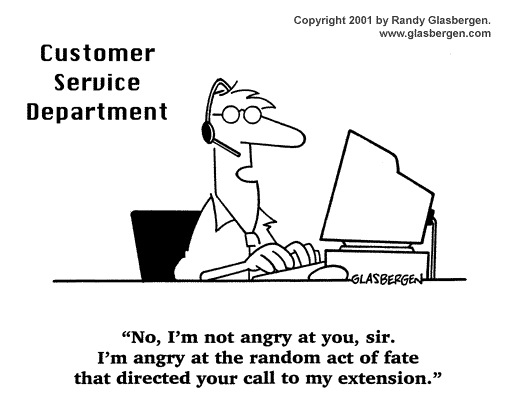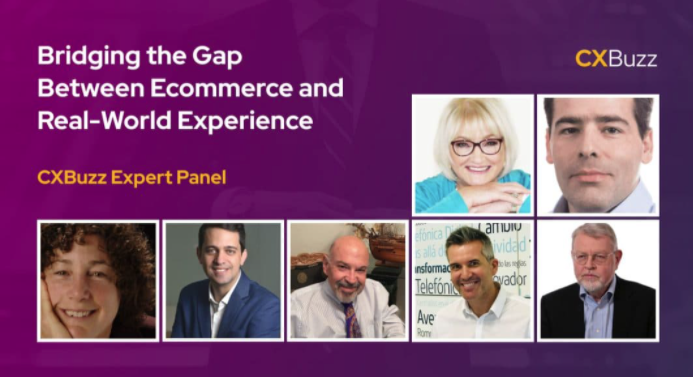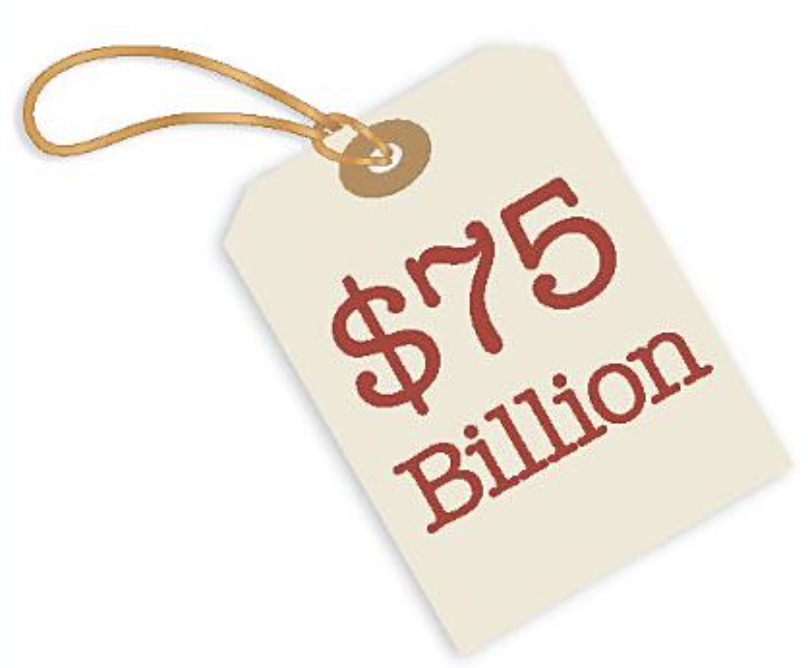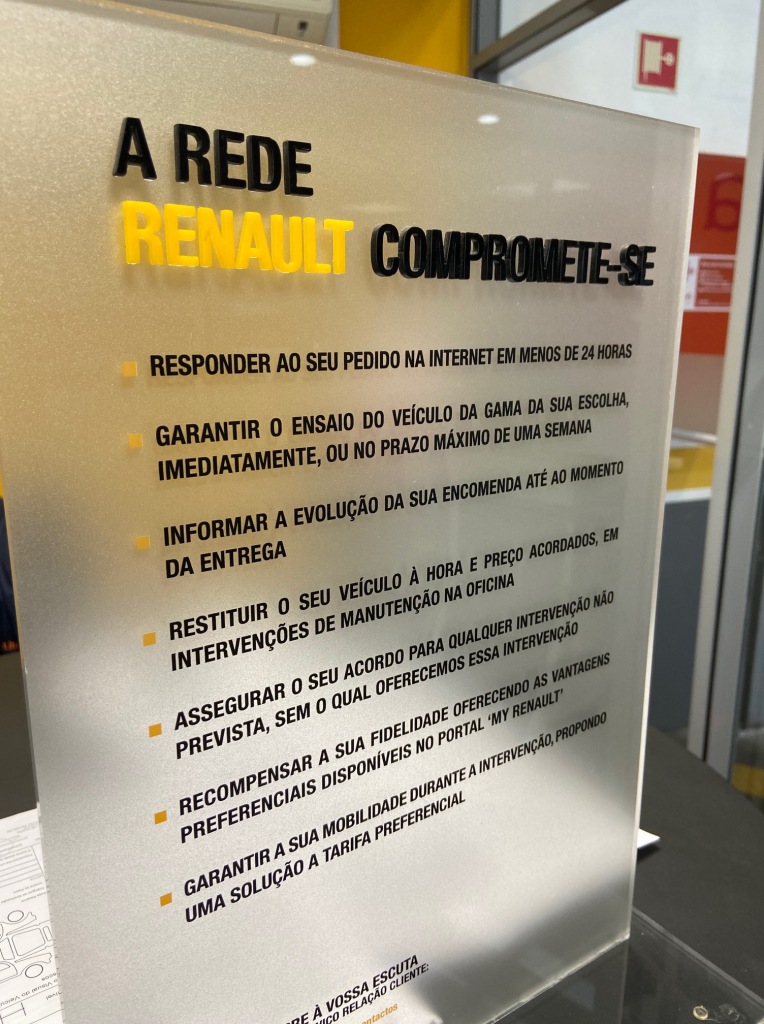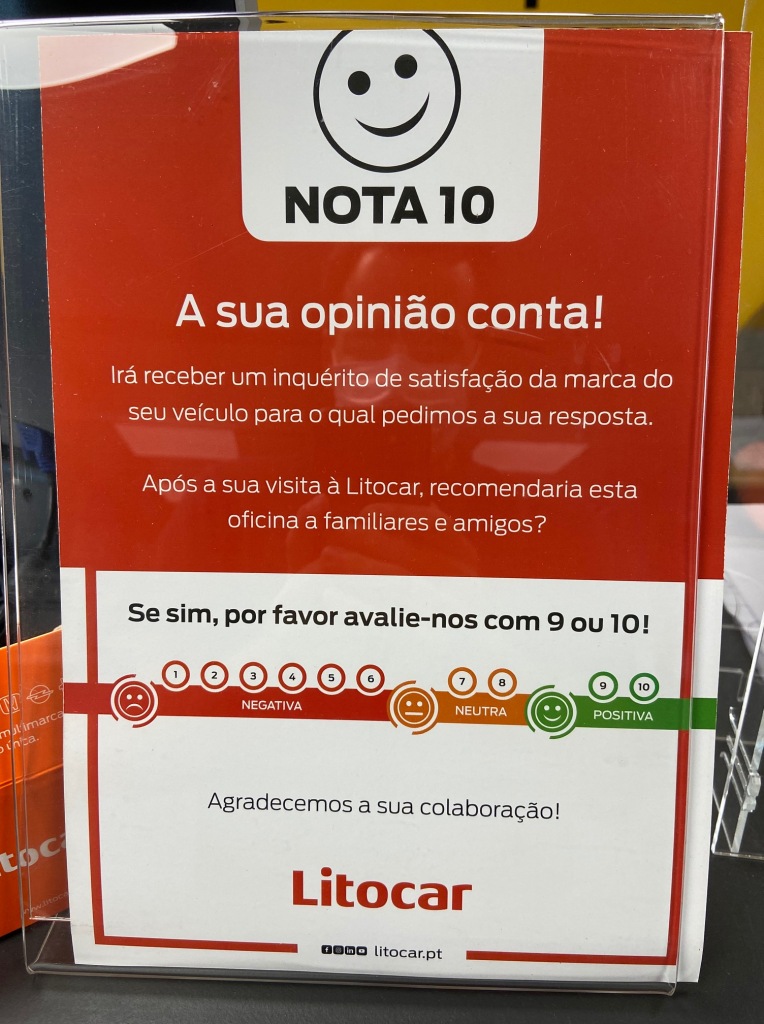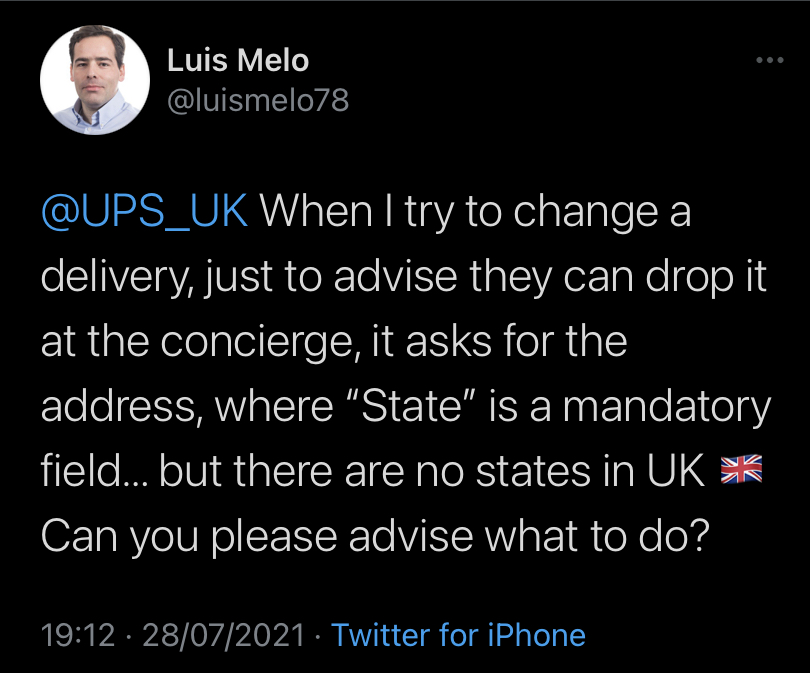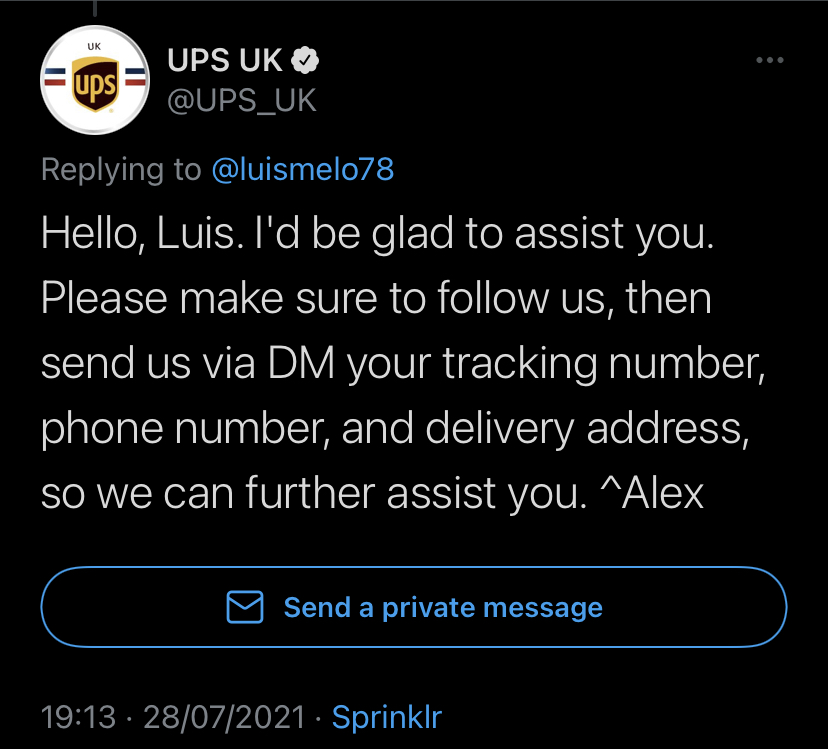Reflecting on EX – 3 questions & thoughts
Recently, I lost an Individual Contributor. A member of my team, who decided to leave the company after just over 3 years on the job, and embrace a new professional challenge elsewhere.
He published a note on LinkedIn, as you do, thanking his colleagues for the ride and letting his network know that he was moving on. And he was flooded with heartfelt farewell comments and messages.
The amount of strong and sincere reactions, as well as praise to his work and personality, seems to have surprised him. And he felt overwhelmed by the amount of people that were sad to see him go and appreciated his work.
I was sad to see him go too. And, as usual, I took sometime to reflect on EX. As leaders are we doing enough to ensure our best people stay? Could companies do more to avoid losing great assets?
A few of questions came to mind, that turned into thoughts…
Why do businesses tag people (the members of our teams) as Individual Contributors?
That tag hints the person is only responsible for managing themselves and complete their own tasks. It basically relieves the person from any duty of caring for the business or the people around them. It instills the “I do what they tell me to do” mentality and culture. Which means the person doesn’t even feel accountable or responsible for what they do. On top of that, they don’t feel valued, only used (to perform a task or function).
Truth is that member of my team was much more than just a great executor. He was a great human being, fantastic colleague, outstanding professional, that led by example. Dependable, competent and passionate. Who nurtured good relationships, cared for and supported others, as well as provided thoughtful and constructive feedback (from which, by the way, I learned a lot). He also always did right by the customer, with the company’s best interest in mind.
Calling someone an Individual Contributor, even if they don’t manage other people, can feel diminishing, and certainly have a negative impact on the employee and the employer.
Why do colleagues only take the time to praise peers when they are on their way out?
In business, as in life, we are quick to point out the mistakes of others and seldom take the time to give praise when it is due. Every single day we hear colleagues complain about their peers or shoot down their work. And most of us still react with awe when someone publicly praises the work of someone else – particularly if that someone is not part of our “tribe” (silo, function, unit, department).
We all feel the need, and like to be recognised for a job well done – it’s human. And in our jobs, most of us will frequently do something that adds value, progresses a deal, contributes to a goal, saves the project, helps develop a product, gives a different perspective, or simply helps or supports someone – and all of these are worth praising.
The truth is we seem to be too busy to take a moment and recognise our colleagues. Even if our companies encourage us to do it, and provide tools for it. We assume our colleagues just know we appreciate their work, so we don’t need to say it directly or publicly (some of us even feel that may be seen as being “soft”). I wonder if my great team member would have left, if he knew how many people appreciated him, and how much.
Why do companies invest on Customer Experience and neglect Employee Experience?
It’s been a couple of decades since Customer Experience (CX) is being studied and implemented as a business discipline, crucial on a company’s strategy. Specialists have written and insisted, that happy employees impact positively the CX delivered. Actually, research shows that companies with great Employee Experience (EX) outperform their peers, as there is a direct link between EX and employer’s superior financial performance.
If we ask business leaders, the majority of them acknowledge this and say they have plans to create an EX that is comparable to their CX. The truth is this can’t wait anymore, and those plans need to leave the paper and be implemented. Particularly today, when employees are experiencing a very different work experience and hybrid workplace. Companies need to take care of their employees to have them engaged.
Taking care of them means much more than just offer benefits and perks. It’s not enough to talk about well-being and work-life balance, and tell people how important it is that they take care of themselves. It’s important that companies ensure they develop new processes adapted to new realities, improve ways of working to avoid stress and pressure, reward good behaviours rather than immediate results, and foster a good positive culture – ideally, by focusing on what Simon Sinek calls the “Infinite Game“.
Finally, employees expect to be treated well by their companies, and expect the same level of service in the workplace, as from the companies they buy from. Asking the HR department about the leave policy is as important (if not more) as asking the Retailer about the returns policy.
Convenience, Resolution and Customer Effort
One of the most significant drivers of disloyalty is effort in Customer Service interactions. The key to mitigating that disloyalty is reducing Customer Effort. Most businesses are going at it the wrong way. I will give you an example…
Many businesses started offering multiple channels because they thought it would be convenient for us. And convenience is synonym of things made easier and more suitable. If we wanted to contact, we could do it whenever we wanted, however we wanted.
But the problem is that businesses forgot that, when it comes to Customer Service, we don’t want a lot of choices – having too many choices on how to get help actually creates a high-effort decision for us. Which one is best to resolve our issue?
When it comes to Customer Service, what we want is resolution. We simply want our issue resolved as quickly as possible. And we are happy and willing to use whatever channel or mean to achieve that outcome.
It doesn’t matter if you are a Bommer, a Gen X, a Millenial or a Gen Z. It doesn’t matter how old-fashioned is the way to do things. If you know that a specific problem can be better resolved by post, you would sharpen your pencil and write a letter.
A fast and easy resolution of our problem takes precedence to any channel preference.
On top of this miscalculation, businesses are also not looking in the mirror. They put a lot of effort and money in offering more Customer Service channels, but they keep operating the same exact way – with the same internal silos, policies, sludge.
What good is it for us to have more choice and (what businesses think is) more convenience, if at the end of the day we still cannot have our issues resolved in a quick, easy, seamless and effortless way?
My recent experience with BT – British Telecom shows that clearly…
I have been a broadband customer for almost 10 years. But now I decided to leave. My contract is coming to an end on 8 March 2022, so I called about a week ago to let them know of my intention to cancel the service.
As expected, the typical small print in the terms & conditions immediately kicked-in.
- 1st unpleasant surprise – I could cancel the broadband, but am going to be charged £50 to cancel the landline ahead of time (when you change address the landline contract renews automatically for another 12 months, and I moved home 6 months ago).
- 2nd unpleasant surprise – Despite I have been a customer for almost 10 years, I cannot keep the equipment (router, etc.) because it needs to be re-used, and I would be charged £100 if I didn’t return it.
I was told a pre-paid returns envelope, sent by BT to my address, was the only way to return the equipment. But that could take up to 7 working days, and I was only in the country for 6 days.
- Is there another way to do it? No.
- Could you give me the address and I will post it myself? No.
- Could I drop if off in one of your stores? No.
After 4 days, without any sight of the returns envelope I call again, and I’m told that I can actually drop it off at a store. And that is the only other alternative. I travel to the store that same day (2 hour return trip, metro + bus).
- 3rd unpleasant surprise – Staff says, I cannot drop off the equipment at the store. That it was an “old policy“.
I go back home, and call again. I’m told I can drop it off at the store and they would leave a note in my account so the store staff could see it. I travel to the store the next day (2 hour return trip, metro + bus).
- 4th unpleasant surprise – Staff says, I cannot drop off the equipment at the store. And that the “Call Centre agents don’t know what they’re doing“.
I go back home, and call again. I’m told that there’s actually another way to return it – they would give me the returns address so I could post it myself. I travel to a nearby post office and pay £10 to mail the equipment.
Two days later I receive a text message from BT: “Hello, BT here. We’ve got your return. We’ll now make sure your kit is disposed in a safe and environmentally friendly way. Thank you for helping us reduce waste and protect the planet“.
Well, if it was to be disposed in a safe and environmentally friendly way, I could have done it myself, disposing it in the nearest recycling centre, and without going through a gigantic hassle and horrendous experience.
And, when it comes to reducing waste and protect the planet, I’m sure that all my trips, as well as the paper and plastic used to post the equipment, didn’t help the planet much.
But…
- that’s the BT policy – you must send it back to be re-used (unless it’s to be disposed)
- that’s the BT rule – there’s only one way to return it (unless there’s another way, and another)
- that’s the BT way – there’s a process to follow (unless there’s another process, or another)
It’s funny… actually no, it’s sad… to think that BT’s brand purpose is ‘We Connect For Good’
Improving Citizens Experience
This week, the White House announced that the Biden-Harris administration is going to sign an Executive Order with the aim of improving the experience of Americans when dealing with the Government – Citizen Experience – Putting the Public First: Improving Customer Experience and Service Delivery for the American People
Today, the President is taking decisive action to promote fiscal stewardship by improving the Government’s service delivery to its customers, the American people.
The President will sign an Executive Order, Transforming Federal Customer Experience and Service Delivery to Rebuild Trust in Government, directing that Government leaders account for the experiences of the public in seeking Government services.
The President is making sure we’re building accountability and transparency into everything we do and that we’re good stewards of taxpayer dollars. As the President has said: “We have to prove democracy still works, that our government still works and can deliver for our people.”
The Executive Order directs Federal agencies to put people at the center of everything the Government does. Specifically, the Executive Order includes 36 customer experience (CX) improvement commitments across 17 Federal agencies, all of which aim to improve people’s lives and the delivery of Government services.
The Executive Order also creates a sustained, cross-government service delivery process that aligns to the moments that matter most in people’s lives – like turning 65, having a child, or applying for a small business loan.
As part of this framework, the Administration will work to identify and define critical services that meet customers’ needs and expectations, assess performance delivery and report it publicly, incorporate customer feedback during each interaction, and ultimately ensure services deliver a better experience to the public.
Every interaction between the Government and the public, whether it involves filing taxes or renewing a passport, is an opportunity to deliver the value, service, and efficiency that the public expects and deserves.
(video) CX question of the day
I had the pleasure to present the CX Question of the Day for 16 Nov 2021
Bridging the Gap Between eCommerce and Real-World Experience
It was with great pleasure that I contributed to an “Expert Panel” organised by CX Buzz to answer this interesting question…
What could companies do to bridge the gap between eCommerce and Real-World Experience
Here is my take on it…
CCXP Renewed by the CXPA
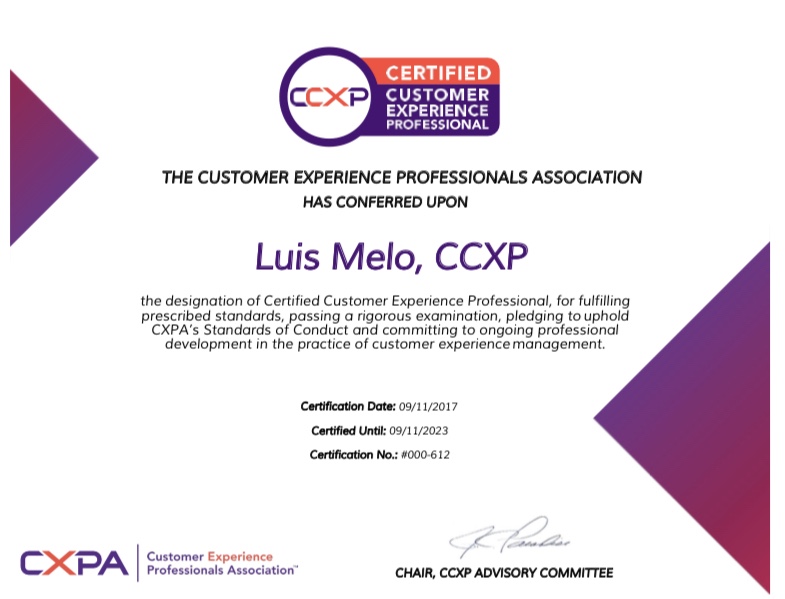
Just got my CCXP renewed by the Customer Experience Professionals Association (CXPA)
I’m very proud to be part of a restrict group of certified CX practitioners
I want to thank again to those who inspired and supported me in the process, back in 2017, and from whom I continue to learn
Jeanne Bliss, Ian Golding, Bruce Temkin, Stephanie Thum, Michael G. Bartlett, Kerry Bodine among others.
What is the core of customer-driven growth?
Twenty one years into the 21st Century, many companies still hold on to the same dogma. Marketing attracts prospects; Sales acquires customers; Service is a necessary evil.
When the going gets tough, the first thing those companies think of, is cutting costs in customer service, because that department is not perceived as direct contributor to revenue and profit.
That is a mistake. It is well researched, studied, demonstrated and documented, that…
- Good customer service is crucial for Retention, Renewal, Repeat business;
- Poor customer service impacts customer Experience, Satisfaction, Loyalty.
According to Forbes, poor customer service is costing businesses more than $75 billion a year. So, it sounds like weakening customer services might not be the right strategy.
It’s well researched, studied, demonstrated and documented that acquiring new customers is more expensive than keeping existing customers.
With that in mind, it feels like companies going through hard times should rather…
- support and reinforce customer service;
- prioritise retention, without neglecting acquisition.
Investing in Customer Experience (as a business discipline) and Technology (as an enabler) is, in my opinion, the best strategy.
It’s well researched, studied, demonstrated and documented that the return on investment of having a good CX program is not just massive, but also lasting.
It’s also well researched, studied, demonstrated and documented that technology is not just one of the quickest, but also most cost-effective ways to enable good customer service.
A technology platform, built from the ground up with a focus on customer experience and aligned with a good CX strategy, allows companies to…
- Be where customers are – making conversations easy and convenient;
- Give customers what they want – making interactions effortless and consistent;
- Collect customers feedback – keeping the finger on the pulse of the experience;
- Understand customers behaviour – informing the improvement of experiences;
- Orchestrate customers journey – increasing personalisation and efficiency;
- Analyse and gather actionable insight – prioritising fixes and development areas.
Remember… it is very well researched, studied, demonstrated and documented that word-of-mouth is the cheapest way of Marketing and the most effective way of Selling.
Jeanne Bliss (the mother of CX) says you need to “earn the right to have customers tell your story” – customers that tell their friends, families and followers about your brand and products.
That is the making of a Customer-Driven Growth strategy, and Customer Service is at the core.
Promises you can’t keep, Scores you don’t deserve
Promise-making and score-begging is something we see more often than we would like to, particularly from companies who only pay lip-service to Customer Experience. Let me tell you about an experience I had recently, which is somewhat funny…
My car was due for service, so I googled the nearest Renault franchise. Landing in their page the “Service” section was prominent, and the online booking was recommended. Lovely! – I booked for the following Thursday 9:00 and requested the “pick-up & drop-off at home” option.
Thursday came. It was 30 mins past 9:00 and no one showed up, so I decided to call. The person who picked up the phone asked me if I had received a confirmation call. I said I wasn’t even aware I should expect one. But surely expected they called if they could not accept my booking.
She laughed at me when I said I used online booking and requested pick-up/drop-off at home…
📞 “Yeah… you know, too many online requests and the person dealing with them is too busy. You should always call. As for pick-up/drop-off service, we can’t really do that.“
“Hum… I see. But your website recommends online booking, and has the option for pick-up/drop-off“, I said.
📞 “Yeah… I know nothing about internet. Do you want to book the service with me?“
Of course I did, and asked what was the next available slot / day.
📞 “Next Tuesday 9:00… can you please give me your name, email, phone, address, car maker, model, registration, chassis number…”
I knew this was going to happen. It was so obvious!… “But I provided all that info in the online webform“
📞 “Sir, as I said, I know nothing about internet. Do you want to book the service or not?“
I was a bit annoyed by the tone, but I needed the service, so I provided all the details again, and booked it.
Tuesday came and I was there at 10 mins to 9:00 AM (had a conference call at 9:30 AM, so wanted to drop it off quickly and go back home).
It took me 40 mins (!!) to drop the car. Mostly because I had to provide all the information again to the front desk person: name, email, phone, address, car maker, model, registration, chassis number…
Whilst I was waiting for him to type everything into his computer, I looked around and saw the below 😮
The Renault network promises to…
1 – Reply to your online booking in less than 24 hours
And on the other end of the counter was the below 🤔
Your opinion counts! You will receive a CSAT survey… please give us a 9 or 10
As I said initially, Renault is paying lip-service to Customer Experience. Making promises they cannot (or even make no effort to) keep, and begging for scores they don’t deserve.
Truth is whoever is creating these initiatives seldom understands that they actually have the opposite outcome. They think this way:
- By showing we are customer focused…
- And asking for good feedback…
- Customers will give us a high score…
- Others will see it, and come as well.
But in reality, this is what happens:
- Customers see promises you’re not interested in keeping…
- And go through high-effort & below-par experiences;
- Realise you only care about appearances…
- And resent your cheekiness of asking a high score…
- Giving you a bad score, not coming back, and telling their friends
In the meantime, Renault lost a great opportunity to understand what their gaps are and either fix issues or improve experiences. For example:
- Does Renault know the person dealing with online bookings is overwhelmed?
- Does Renault know there isn’t enough staff to provide pick-up / drop-off?
- Does Renault know employees are duplicating customer information in different systems?
- Does Renault know customers are being hassled into providing their information over and over?
Funny thing is, in my humble opinion, most of these are actually easy fixes, that would have a massive impact on customer experience, and consequently on the scores that Renault is begging from customers.
4 Do’s and 5 Dont’s – An experience with UPS
This is the story of an inconsistent customer experience delivered by UPS, that made me go from frustrated to relieved, from pleasantly surprised to annoyed, and back to satisfied but exhausted. Something that I feel could be avoided easily. Below I try to contribute to the fix.
I bought a pair of sneakers online from New Balance, to deliver at my home address. As soon as I submitted the order I got and immediate “Thank you for your order” email, followed by a clear and concise “Your order has been shipped” email 12 hours later.
The hassle started 24 hours later when I received an email from UPS saying they’d missed me and would try again the next day. I wanted to advise I wasn’t home and they should leave it at the concierge office, but…
Improvement opportunity #1 – the email didn’t have a how-to or a direct link to the page where I could “change delivery” or advise where to leave the parcel
I went to the UPS website, navigated to the tracking page, and entered my tracking number. The option to “change delivery” was there, so I clicked on it, but…
Improvement opportunity #2 – I wasn’t allowed to do it without having a My UPS account, so I was required to sign-up, and had to fill in a web-form
I provided all my details, waited for the confirmation email to land in my inbox, clicked on the confirmation link, and was able to login.
Went back to the tracking page, entered my tracking number and clicked “change delivery“, where I had to fill in another web-form in which I had to populate the delivery address.
Improvement opportunity #3 – I would have assumed that if they already had my delivery address then they could have pre-populated it in the web-form, saving me time and effort
The web-form had a mandatory “State” field which listed USA states only. I live in the UK, hence wasn’t able to progress my request to “change delivery” and left it there, hoping that they would figure it out for themselves or contact me.
Improvement opportunity #4 – the pre-population of the address could have avoided this, but there could be situations where customer does want to change delivery address, so the UPS web form needs to be developed and tested to cater for customers worldwide
24 hours later I got another email from UPS saying they’d missed me again, and would try once more the next day. I decided to tweet @UPS_UK
Continue doing #1 – An agent responded to my tweet, publicly, within 1 minute. Asking me to DM tracking and phone numbers
After providing my tracking and phone numbers, I was expecting Alex (the agent) to give me an excuse, justification or explanation, and ask me to go and try again, but…
Continue doing #2 – Alex sorted it out internally (by updating the system advising that they could drop the parcel at the concierge) without asking me to (re)do anything
I was finally re-assure and happy. The next day, first thing in the morning (9:12 AM) I got a call from UPS…
Continue doing #3 – It was a courtesy call, advising the parcel would be delivered at the concierge as per my request, and re-assuring me it would be delivered the next day
But exactly 29 minutes later, I receive an email from UPS saying they’d miss me one more time and they would attempt a final delivery the next day.
Improvement opportunity #5 – Any other person could have been confused and attempt to contact UPS again. Having worked in the implementation of technology platforms all my life I knew this was one of those cases where there isn’t a unified platform or process, so the message had not reach the system that automatically sends the notifications
The truth is, the next day I got a call from the UPS driver, advising he was on the delivery address and was going to leave the parcel with the concierge.
Continue doing #4 – This was something the UPS driver didn’t necessarily have to do. If he had delivered, I would have got the notification, but he was kind enough to re-assure me by calling
A few minutes later I got the final email notification from UPS, saying my parcel had been delivered. There, I was happy and relaxed now… even though a bit exhausted from this roller-coaster of emotions and hassle.

